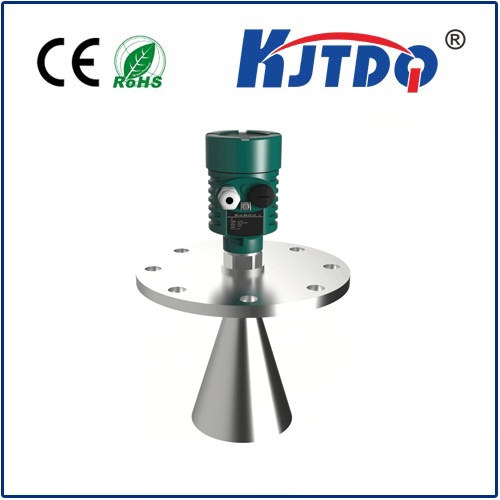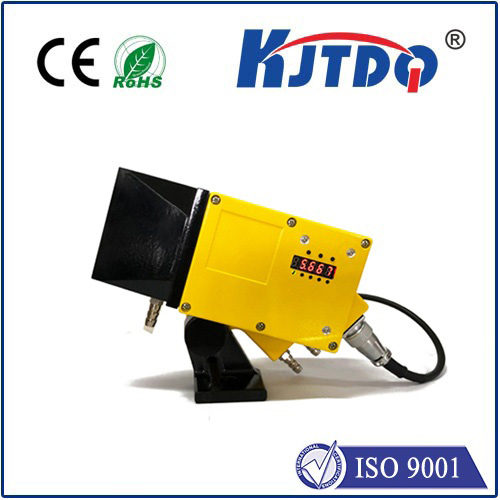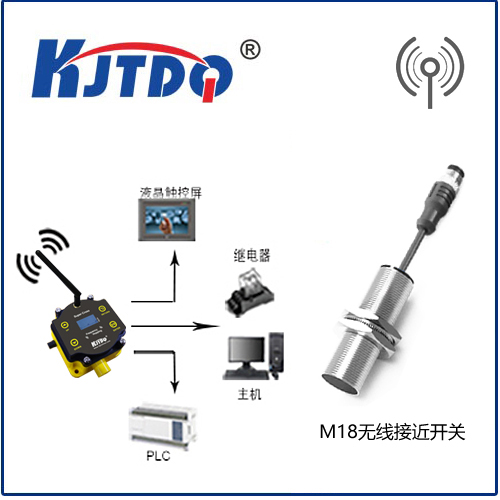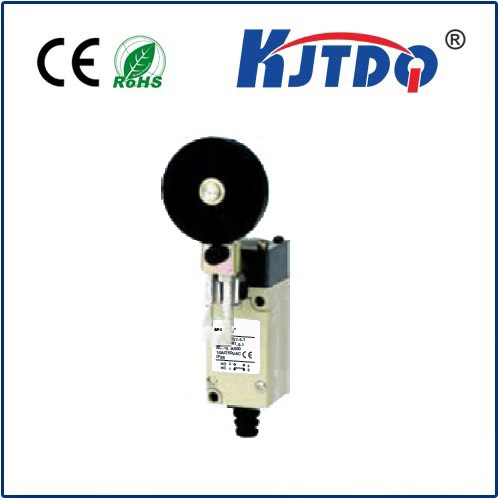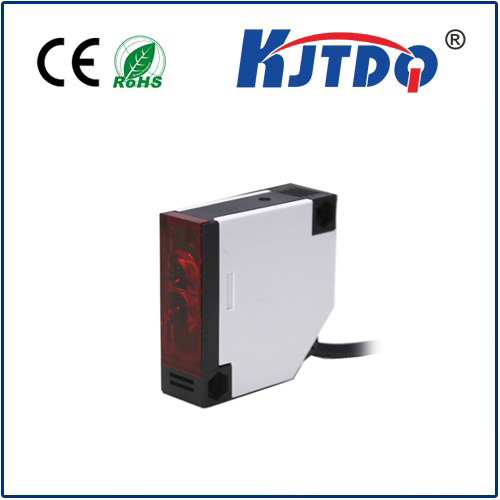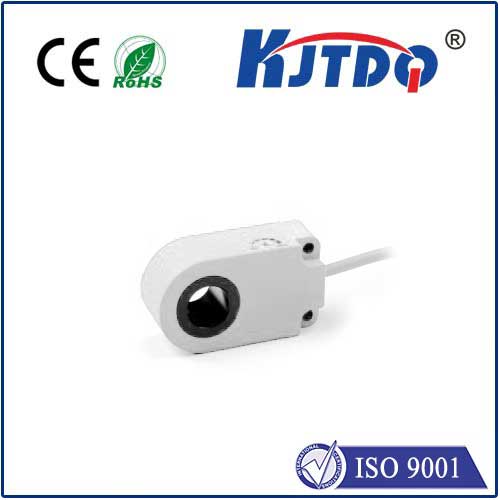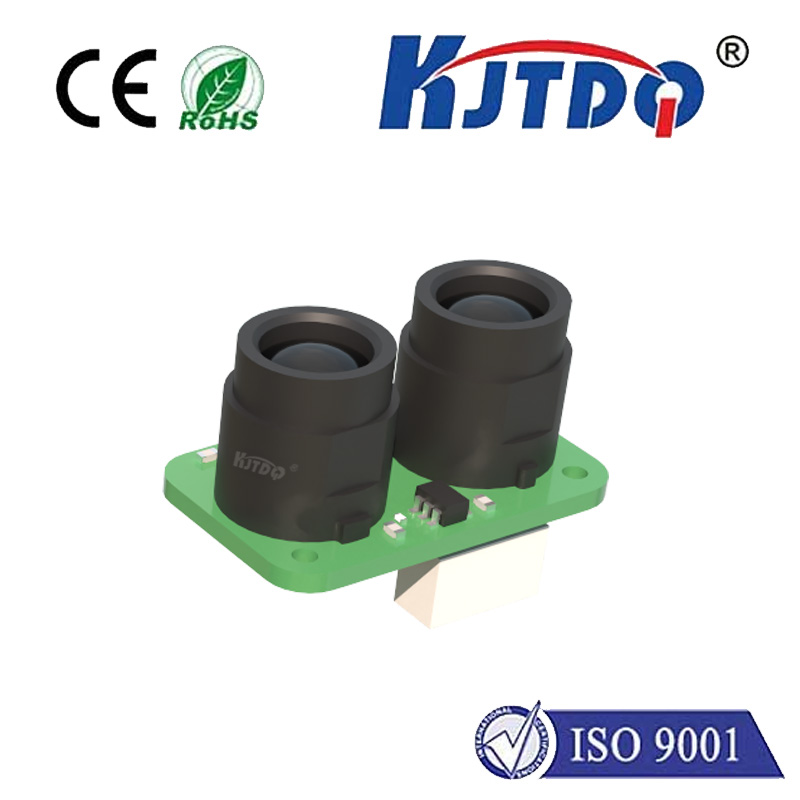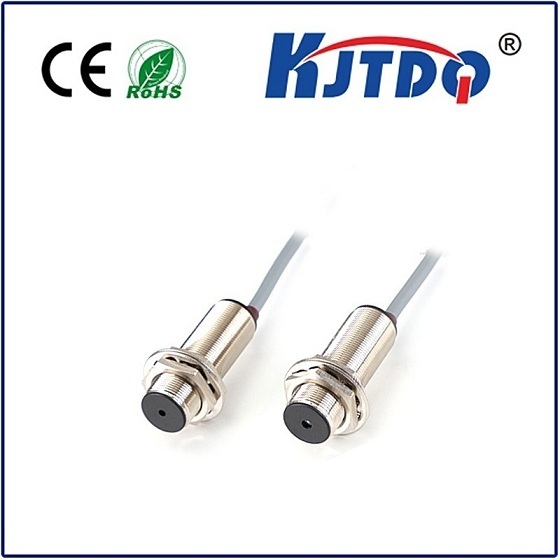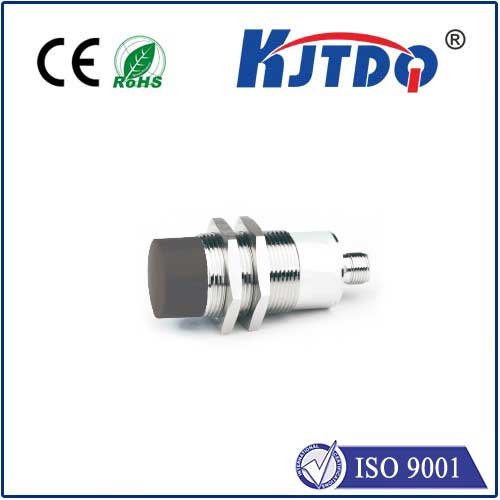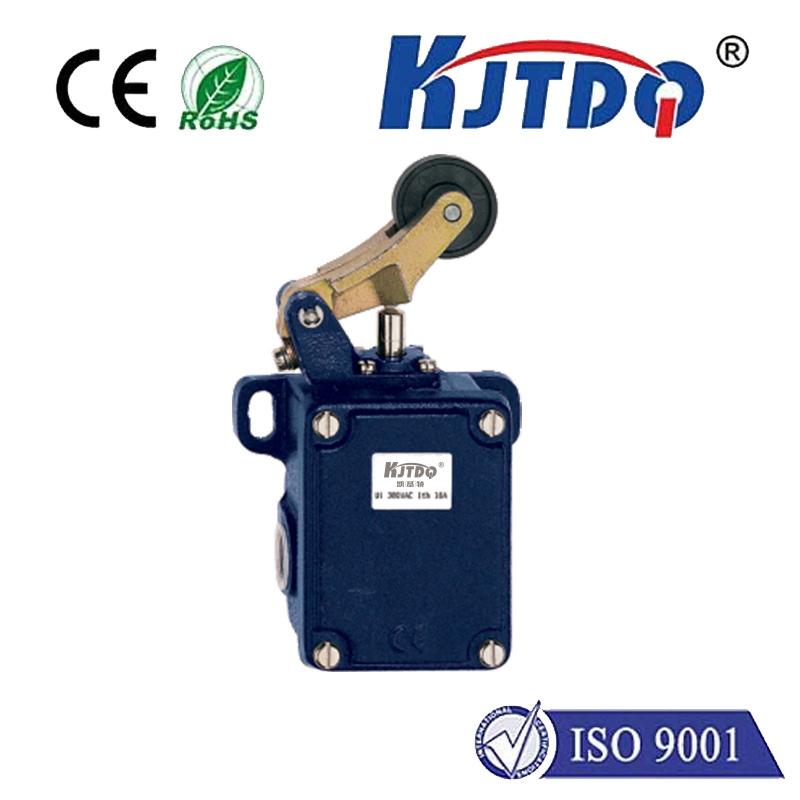Маленький индуктивный датчик приближения
- time:2025-06-16 17:58:39
- Нажмите:0
Small Inductive Proximity Sensors: Unlocking Precision Detection in Tight Spaces
Imagine a machine component moving at blistering speed. Detecting its exact position instantly, without ever touching it, in a space barely larger than a pencil eraser. This isn’t science fiction; it’s the everyday reality enabled by small inductive proximity sensors. These miniature marvels are fundamental to modern automation, robotics, and countless devices where size constraints demand maximum performance in a minimal footprint.
How Does This Tiny Powerhouse Work?
The core principle hinges on electromagnetic induction. Inside the sensor’s compact housing lies a critical trio:
- An Oscillator Circuit: Generates a high-frequency alternating electromagnetic field that radiates from the sensor’s active face.
- A Coil System: This coil is the heart, creating and projecting the electromagnetic field forward.
- A Signal Evaluator (Demodulator & Trigger Circuit): Continuously monitors the field’s strength.
When a metallic target (ferrous like iron or non-ferrous like aluminum, brass, or copper) enters this generated field, tiny swirling electrical currents called Eddy currents form within the target metal. This phenomenon absorbs energy from the sensor’s field, causing a measurable drop in the oscillation’s amplitude.

The sophisticated internal circuitry doesn’t just sense this change; it precisely evaluates it. Once the amplitude drop surpasses a predefined threshold (indicating the target is sufficiently close), the sensor’s solid-state electronic switch activates instantaneously. This results in a clean, fast output signal switching state – typically turning a load ON or OFF – without any physical contact whatsoever. This non-contact detection is their defining superpower.
Why “Small” Makes Such a Big Difference
The miniaturization of inductive sensors unlocks capabilities impossible for their larger counterparts:
- Space-Constrained Applications: Crucial for modern robots with integrated joints, compact machinery, densely packed PCBs, medical devices, intricate assembly lines, and consumer electronics where every millimeter counts. Think M5, M8, and M12 cylindrical sensors or tiny rectangular block sensors.
- No Moving Parts, High Reliability: Eliminating physical contact means eliminating wear and tear. Small inductive sensors boast exceptional long-term reliability and resistance to vibration and shock, vital in demanding industrial settings.
- Blazing Speed: Detect and switch in microseconds. This high switching frequency is essential for tracking fast-moving objects on high-speed production lines.
- Resilience in Harsh Environments: Sealed against dust (IP67, IP68, IP69K common) and resistant to oils, coolants, and many chemicals, they thrive where optical sensors might fog or fail.
- Precision and Repeatability: Offering high repeat accuracy (often within micrometers), they provide consistent and reliable detection of even minute positional changes. Отставание, the small difference between the switch-on and switch-off point, is precisely controlled.
- Simplified Installation & Maintenance: Compact size allows easier mounting in tight spots. Their solid-state nature means virtually maintenance-free operation once installed.
Where Do You Find These Miniature Detectives?
The applications are incredibly diverse:
- Промышленная автоматизация: Position sensing of cylinders (end-of-stroke detection), presence/absence verification of metal parts on conveyors, counting metal components, monitoring rotary positions (gears, cams), tool break detection in CNC machines, and robotic end-effector feedback.
- Packaging Machinery: Confirming the presence of metal lids, caps, or foil seals; controlling filling levels via metal floats; detecting metal components within packaging.
- Перевозка материалов: Monitoring conveyor chains, detecting pallets (often via pallet nails), verifying correct positioning of metal bins or racks.
- Automotive Manufacturing: Thousands are used per vehicle line for assembly verification, robot guidance, part presence checks (engine blocks, chassis components), and process control.
- Food & Beverage Processing: Used reliably in stainless-steel environments for detecting metal parts like valves, mixers, or cans (though direct food contact requires specific hygienic designs).
- Consumer Electronics & Appliances: Position sensing in printers, copiers, disk drives, washing machine drum position detection, and safety interlocks.
- Robotics: Integral for joint position feedback, end-of-arm tooling (EOAT) detection, and collision avoidance sensing within the robot’s structure.
Choosing the Right Small Inductive Sensor
Selecting the optimal sensor involves considering several factors:
- Size & Form Factor: M5 (5mm diameter) for the tiniest spaces, M8 for very compact needs, M12 offering a great balance of size and sensing range. Rectangular block styles also provide flat mounting options. Embedded mounting (flush) or non-embedded mounting (non-flush) significantly affects the sensing range.
- Sensing Range (Sn): The rated operating distance. Smaller sensors typically have shorter ranges (e.g., M5: 0.5-1.5mm, M8: 1-2.5mm, M12: 2-5mm are common). Choose based on required target distance. Remember the actual usable range can be less due to installation and target material.
- Target Material: Ferrous metals (steel, iron) provide the longest sensing range. Non-ferrous metals (aluminum, copper, brass) have significantly shorter ranges (often 30-60% less) due to weaker Eddy current generation. Check the datasheet for correction factors.
- Output Type: NPN or PNP transistor outputs (sourcing or sinking) are standard, typically in Normally Open (NO) or Normally Closed (NC) configurations. Choose based on your PLC or controller’s input requirements. Some offer analog outputs (current or voltage) proportional to distance.
- Environmental Rating: Crucial! МП67 (dustproof and waterproof immersion up to 1m) is common baseline. IP68 (longer immersion) or IP69K (high-pressure/steam cleaning resistance) is needed for washdown environments. Temperature range is also vital.
- Electrical Requirements: Supply voltage compatibility (10-30V DC universal is standard), current consumption, and output current capacity (load capacity). Shielded vs. Unshielded: Shielded sensors allow flush mounting in metal, unshielded offer longer ranges but require non-metallic surroundings.
- Hysteresis: Important for stable switching, especially with vibrating targets or temperature fluctuations. Good sensors clearly specify this value.
- Connections: Pre-wired cables (PUR or PVC sheathed) or quick-disconnect (M8, M12 connectors) for easy replacement.
The Unsung Heroes of Modern Industry
Their size might be small, but their impact is enormous. Small inductive proximity sensors provide the robust, reliable, and precise non-contact detection essential for the efficiency, speed, and miniaturization that defines modern manufacturing, robotics, and technology. They operate silently, tirelessly, and accurately in the most confined and demanding spaces, proving that true power often comes in the smallest packages. Understanding their operating principles and selection criteria ensures these indispensable components can be optimally integrated, driving innovation and productivity wherever metal needs to be sensed without a touch.







